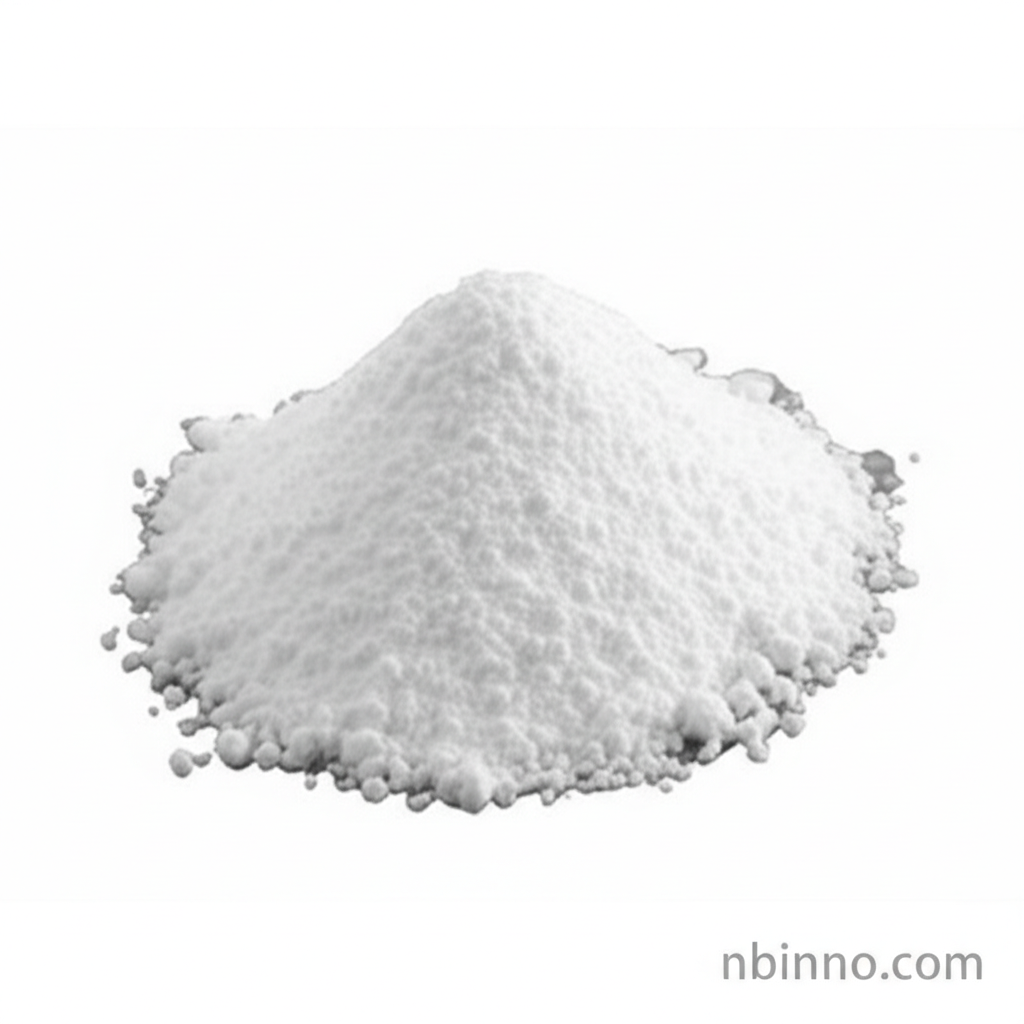Sodium Formate: Essential Chemical for Fire Retardant Coatings, Leather, and Industrial Applications
Discover the versatility of Sodium Formate, a key ingredient in fire-retardant coatings and essential for diverse industrial processes.
Get a Quote & SampleProduct Core Value

Sodium Formate
Sodium Formate is a high-quality chemical compound crucial for a wide range of industrial applications. Available in 92% and 98% purity, it offers superior performance and stability. Its properties as a reducing agent, buffer, and precipitant make it indispensable in various manufacturing and treatment processes.
- High Purity Sodium Formate: Offering 98% purity, it ensures stable and superior performance in critical applications, making it a reliable choice for businesses demanding excellence.
- Versatile Applications: From being a key ingredient in fire-retardant coatings to its use in the leather industry, oil drilling, and snow-melting, its utility spans across multiple sectors.
- Chemical Synthesis Intermediate: It serves as a vital raw material for producing other chemical products like formic acid and oxalic acid, underscoring its foundational role in chemical manufacturing.
- Environmental Applications: Its use in wastewater treatment as a microbial carbon source highlights its contribution to environmental solutions and sustainability efforts.
Advantages Provided by the Product
Enhanced Coating Performance
Sodium Formate's role in fire-retardant coatings enhances safety and performance, making it a valuable component for advanced material development.
Improved Leather Quality
In the leather industry, it acts as a reducing agent to improve leather softness, demonstrating its importance in material processing and finishing.
Efficient Industrial Processes
Its applications in oil drilling and snow-melting showcase its efficiency in demanding industrial environments, providing practical solutions for challenging conditions.
Key Applications
Leather Tanning
Used as a reducing agent and pH regulator in the leather industry, improving softness and facilitating dye fixation for enhanced quality.
Dyeing and Printing
Serves as a dyeing auxiliary and buffering agent in the textile industry, promoting dye uptake and ensuring uniform color distribution.
De-icing Solutions
Effective as a de-icing agent for roads and runways, its biodegradable nature makes it an environmentally preferred alternative to chloride-based agents.
Wastewater Treatment
Functions as a microbial carbon source in wastewater treatment, promoting denitrification and improving overall water quality in treatment processes.
Related Technical Articles & Resources
Why Choose Us?
Leverage our expertise and state-of-the-art infrastructure to accelerate your journey from discovery to commercial success.
Global Experience
With 20 years of R&D, manufacturing, and sales experience, we proudly serve clients across 60 countries and regions worldwide.
Advanced Facilities
Our in-house R&D laboratory, pilot platform, and large-scale production workshop are equipped to meet the audit requirements of global customers.
Seamless Scalability
We facilitate a perfect transition from small-scale lab requirements (grams) to full commercialization (hundreds of tons).
